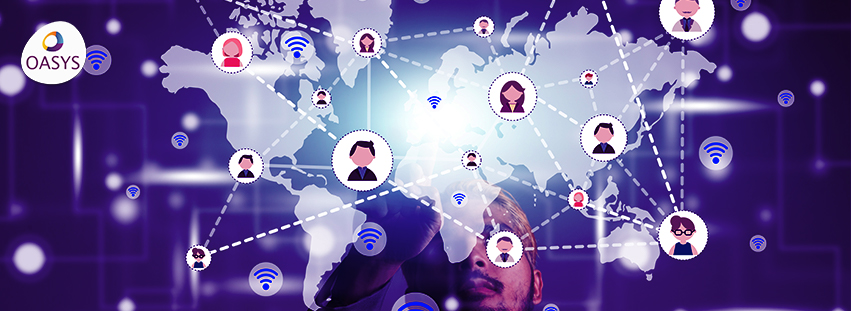Introduction
The Internet of Things (IoT) has emerged as a transformative technology that connects physical devices and enables them to exchange data over the internet. With the proliferation of IoT devices, industries across various sectors are undergoing a significant paradigm shift. In this blog post, we will explore the concept of IoT, its key components, and the profound impact it has on industries.
Understanding IoT
IoT refers to the network of interconnected physical devices, sensors, actuators, and software applications that collect and exchange data. These devices are embedded with unique identifiers, allowing them to communicate and interact with each other without human intervention. The data generated by IoT devices can be analyzed to extract valuable insights and facilitate informed decision-making.
Key Components of IoT
1.Devices and Sensors:
IoT devices encompass a wide range of objects such as sensors, wearables, industrial machinery, vehicles, and household appliances. These devices collect and transmit data, enabling monitoring, control, and automation.
2.Connectivity:
IoT relies on various communication protocols like Wi-Fi, Bluetooth, cellular networks, and Low-Power Wide-Area Networks (LPWAN) to establish connections between devices and transmit data securely.
3.Data Analytics:
IoT generates enormous volumes of data, often in real-time. Data analytics techniques like machine learning and AI algorithms are applied to extract meaningful insights and drive actionable outcomes.
4.Cloud Infrastructure:
Cloud computing plays a crucial role in IoT by providing storage, processing power, and scalability for handling vast amounts of data generated by IoT devices.
5.Security:
As IoT devices collect and transmit sensitive data, ensuring robust security measures to protect against cyber threats is of utmost importance. Encryption, authentication, and access control mechanisms are critical components of IoT security.
Impact of IoT on Industries
1.Manufacturing:
IoT enables smart factories with connected machines and sensors, facilitating predictive maintenance, improved efficiency, and real-time monitoring of production processes.
2.Healthcare:
IoT devices and wearables enable remote patient monitoring, personalized medicine, and efficient healthcare delivery. They can track vital signs, medication adherence, and provide early warnings for potential health issues.
3.Agriculture:
IoT-based solutions provide farmers with real-time information about soil moisture, weather conditions, and crop health. This data helps optimize irrigation, fertilization, and pest control, leading to increased crop yields.
4.Transportation and Logistics:
IoT-enabled tracking and monitoring systems improve fleet management, optimize routes, enhance supply chain visibility, and ensure timely delivery of goods.
5.Smart Cities:
IoT enables cities to optimize resource utilization, improve public services, and enhance sustainability. Smart street lighting, waste management, traffic control, and parking systems are examples of IoT implementations in smart cities.
Conclusion
The Internet of Things is revolutionizing industries by connecting devices, collecting data, and enabling automation. As the adoption of IoT continues to grow, its impact on industries will only intensify, driving efficiency, productivity, and innovation. Embracing IoT technologies and harnessing the power of data analytics will be critical for organizations to thrive in this interconnected world.


